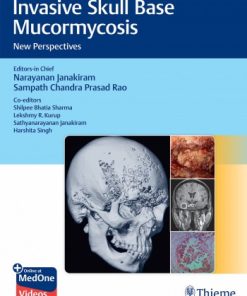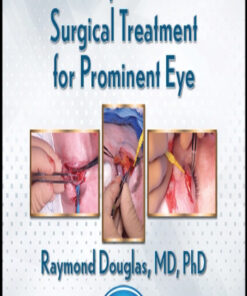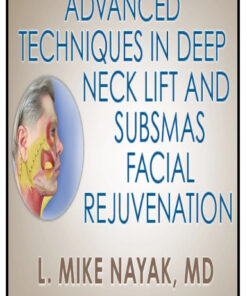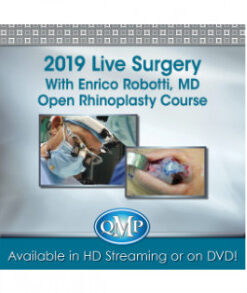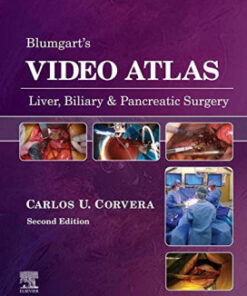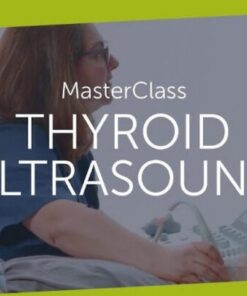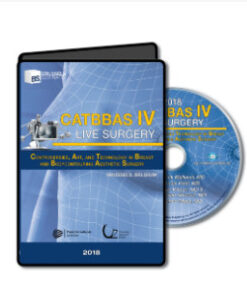The Advantages of Video Surgery: Improving Patient Outcomes and Surgical Precision
NEUROSURGERY BOOK
NEUROLOGY BOOKS
2023 SANS Written Boards Review Course for neurological surgeons
Sports Medicine Books
2022 Magnetic Resonance Imaging National Symposium (CME VIDEOS)
Internal Medicine Videos
HEAD AND NECK SURGERY & OTOLARYNGOLOGY
Invasive Skull Base Mucormycosis: New Perspectives PDF Original and Video
UROLOGIC SURGERY
HEAD AND NECK SURGERY & OTOLARYNGOLOGY
QMP Blepharoptosis: Evaluation and Surgical Repair Techniques 2022 (CME VIDEOS)
HEAD AND NECK SURGERY & OTOLARYNGOLOGY
2022 Top Teachers in Head & Neck, Brain and Spine Imaging (CME VIDEOS)
HEAD AND NECK SURGERY & OTOLARYNGOLOGY
QMP Aesthetic, Customized Surgical Treatment for Prominent Eye 2021 (CME VIDEOS)
HEAD AND NECK SURGERY & OTOLARYNGOLOGY
QMP Comprehensive Facial Rejuvenation: Advanced Techniques and Applied Anatomy 2022 (CME VIDEOS)
HEAD AND NECK SURGERY & OTOLARYNGOLOGY
QMP Advanced Techniques in Deep Neck Lift & SubSMAS Facial Rejuvenation 2022 (CME VIDEOS)
Sports Medicine Books
2021 Magnetic Resonance Imaging: National Symposium – A Video CME Teaching Activity (Full 3 Courses)
NEUROSURGERY BOOK
Congress of Neurological Surgeons Annual Meeting 2021 (CME VIDEOS)
GENERAL SURGERY
GASTROINTESTINAL SURGERY
2019 Live Surgery With Enrico Robotti Open Rhinoplasty Course
GASTROINTESTINAL SURGERY
Blumgart’s Video Atlas: Liver, Biliary & Pancreatic Surgery 2nd Edition PDF Original & Video
PLASTIC & RECONSTRUCTIVE SURGERY
Advances in Corneal Neurotization, Facial Reinnervation, and Eyelid Plastic Surgery (CME VIDEOS)
ORTHOPAEDICS SURGERY
123Sonography MSK Ultrasound Foot and Ankle BachelorClass (Videos+Quiz)
HEAD AND NECK SURGERY & OTOLARYNGOLOGY
GASTROINTESTINAL SURGERY
Video Surgery
Video Surgery
Video Surgery
Video Surgery






